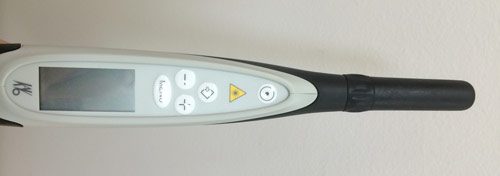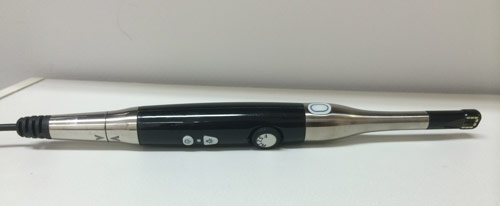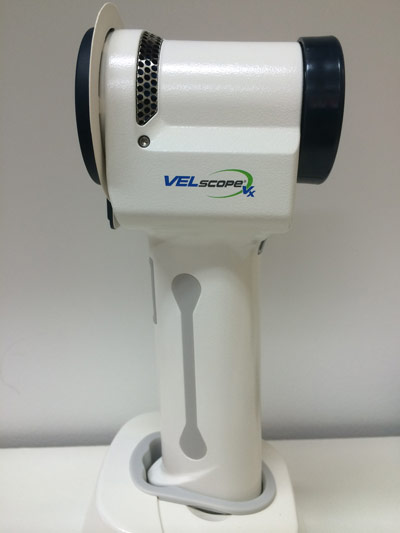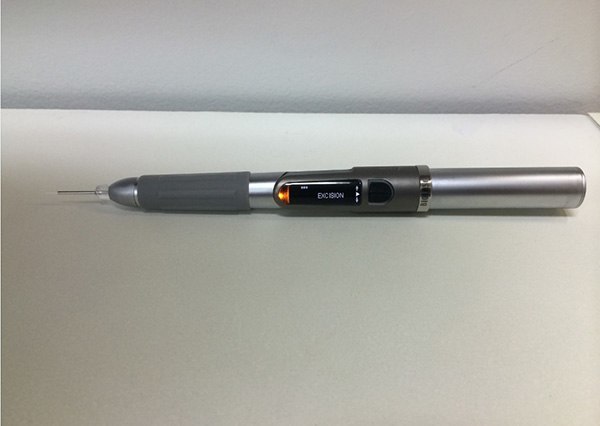Technology
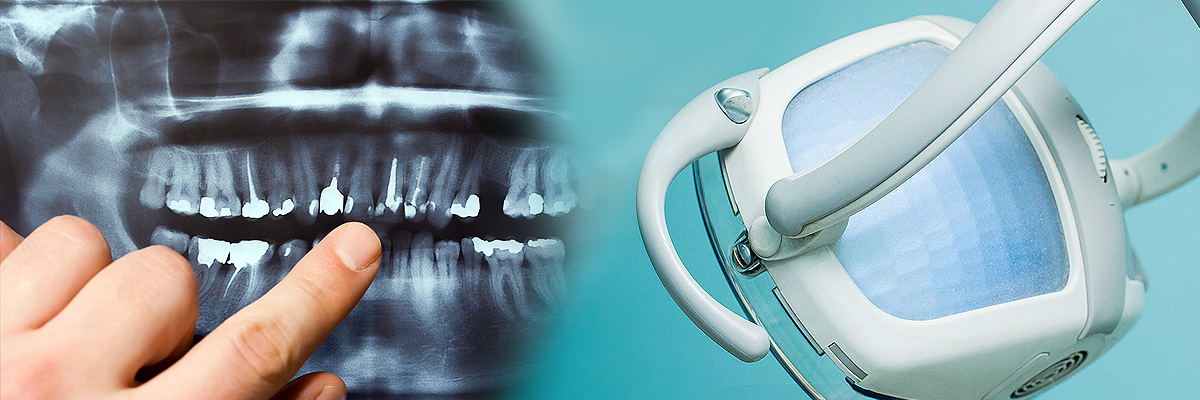
Jade Air Purifier This medical grade, multi-state air purifier helps to clean and sterilize the air in our office. The air is purified in six stages:
- Ultrafine Particulate Filter. A high efficiency HEPA-Rx filter removes microscopic particles in the air.
- Activated Carbon Filter. An activated carbon filter absorbs odors and gases.
- Germicidal UV-C+ Chamber.
- Super Oxidizing Photocatalytic Nano-Ti02 Chamber
- Hydroxyl Radical Reactivity Chamber Stages 3 – 5. These chambers kill bacteria and viral microorganisms.
- Revitalizing Negative Ion Chamber. This chamber generates negative ions that freshen & energize the air to combat fatigue.
Digital X-rays: Digital x-rays are becoming the standard of care in dental offices today. They allow us to view your x-rays very quickly and then have them displayed on computer monitors so that we can magnify them and alter their contrast for better diagnosis. We use phosphor plates for our digital x-rays because we have found them to be more comfortable for patients than sensors. The phosphor plates are thinner, flexible and have no cords attached to them. They are more like traditional films as opposed to bulky sensors.
Dental handpieces (Drills):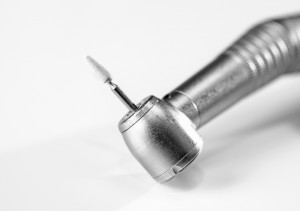
Caries (Cavity) Detection:
We advocate the use of modern cavity detection devices to aid in diagnosing early stage cavities. The device that we have utilizes laser fluorescence to help diagnose early dental decay. This allows us to perform more minimally invasive treatment. We would rather find cavities when they are small instead of watching them become larger. We also utilize magnification, better illumination and intraoral cameras to diagnose decay. In the past dentists always relied on x-rays and a dental explorer to diagnose decay. Dental explorers are a subjective method of determining decay. Teeth having pits and fissures that “stick” with an explorer are not necessarily carious. Dental offices that rely on dental explorers and x-rays alone without cavity detection devices are outdated.
Intraoral Camera:
We use intraoral cameras so that you can visualize what we see when we examine your teeth.
Oral Cancer screening:
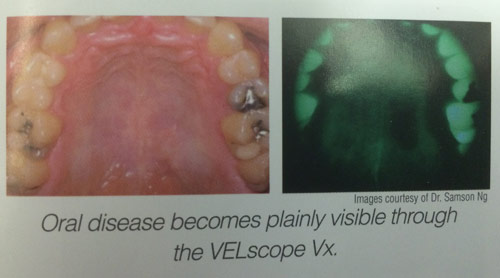
Biolase iLase Soft Tissue Laser:
We use a diode laser to excise tissue, perform frenectomies, and to trough tissue around teeth having crowns made, so that your crown fits better. There is no bleeding, because it does not cut tissue, it vaporizes it. Very cool.
© 2024 Haller Dental. All Rights Reserved.


